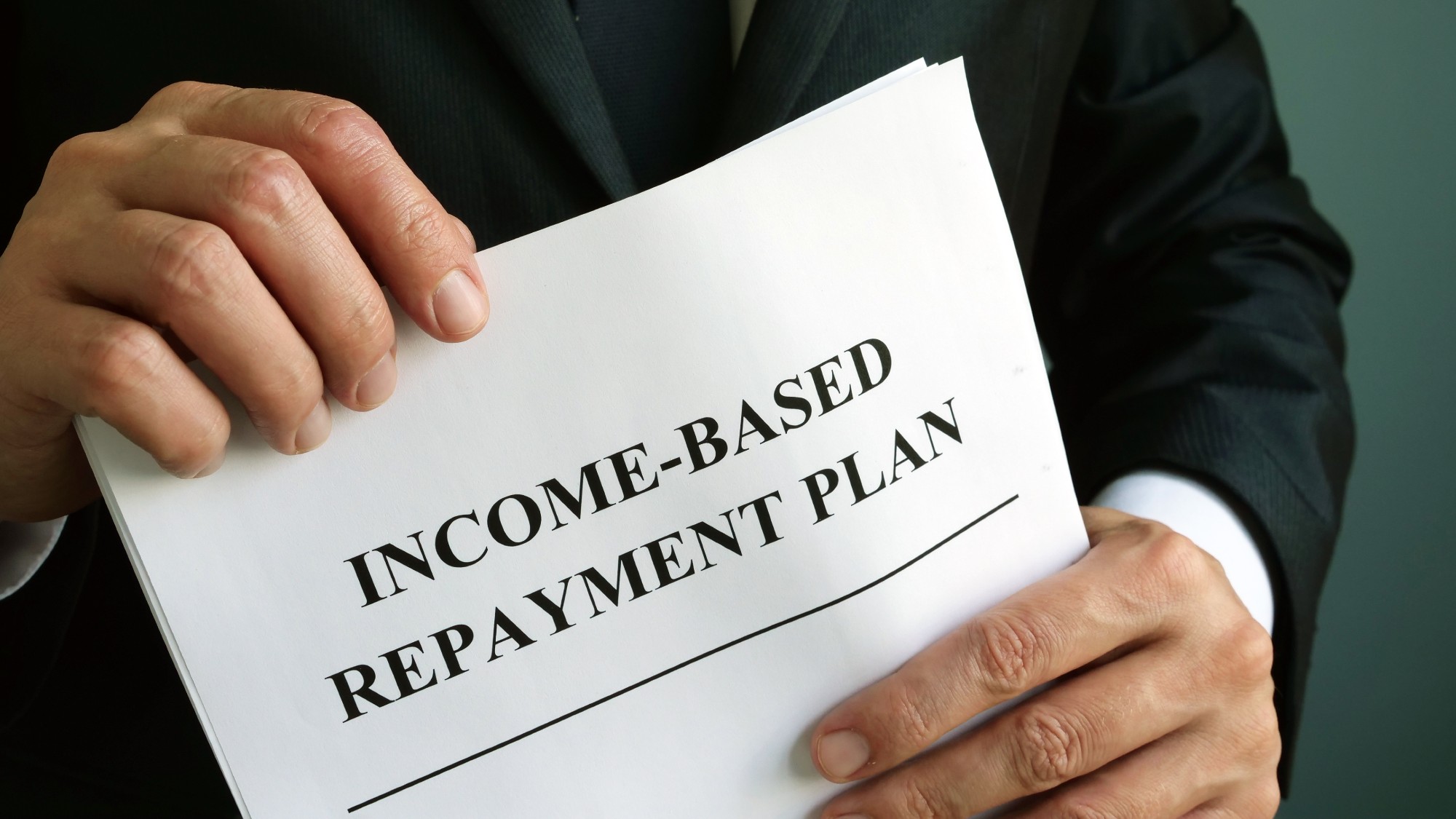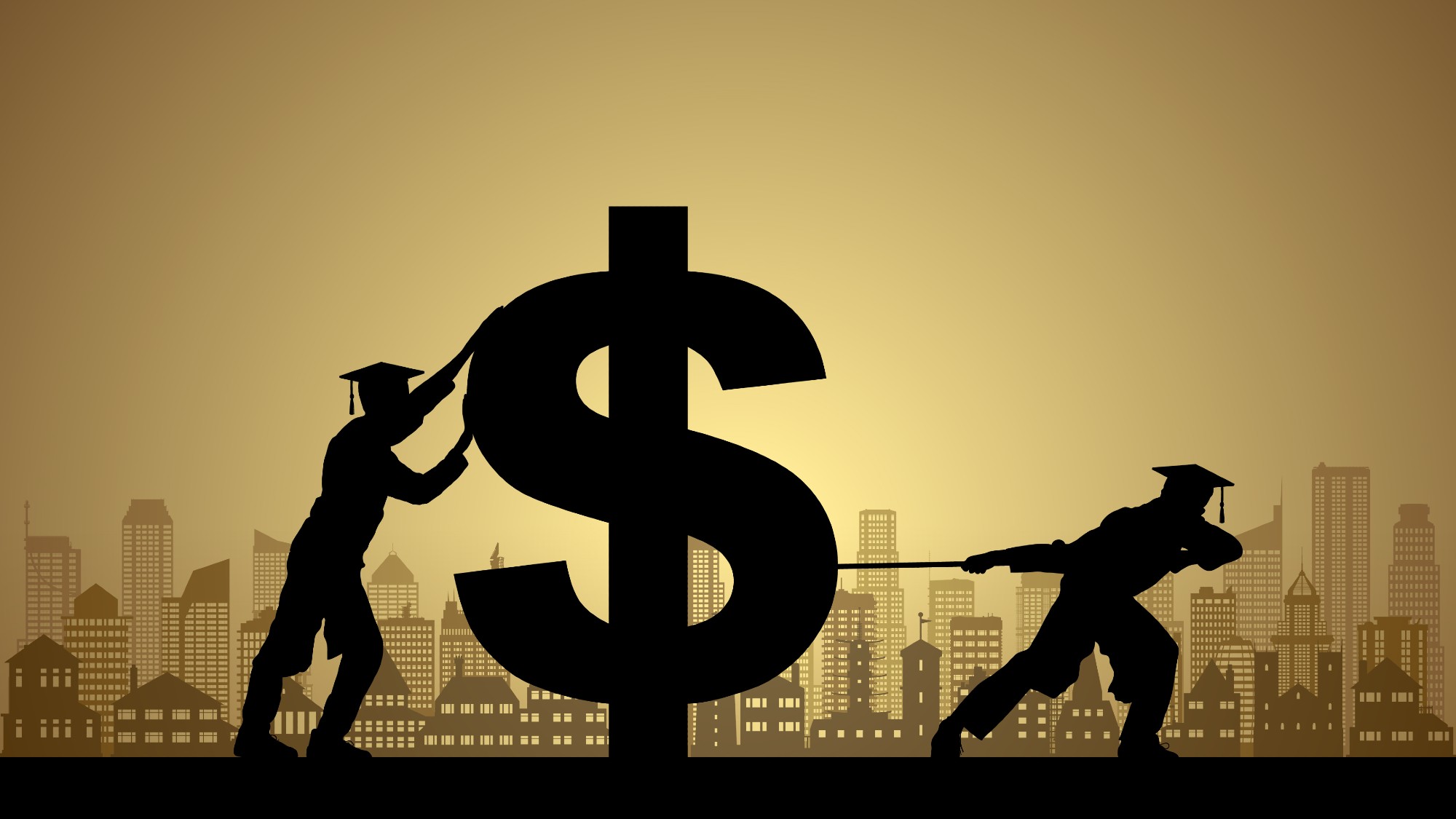Income-driven repayment for student loans: how it works and alternatives
The program can make a big difference in the affordability of federal student loan payments


For many student loan borrowers, income-driven repayment (IDR) plans can make monthly payments much more manageable. Rather than simply divvying up the total owed across the loan term, IDR plans base the monthly payments on a borrower's income and family size.
But lately, borrowers have faced some whiplash on the option's availability. "In February, a U.S. appeals court blocked" one IDR plan, the Saving on a Valuable Education (SAVE) plan, and "called into question parts of other IDR plans." As a result, the Department of Education "closed applications for all IDR plans," said Investopedia. Borrowers already enrolled were also affected, as they could not recertify their loans.
Then, as of late March, the plans became available once again, as the "Department of Education reopened applications for Income-Driven Repayment (IDR) plans" after making revisions to "comply with the appeals court's order," said Investopedia.
The Week
Escape your echo chamber. Get the facts behind the news, plus analysis from multiple perspectives.

Sign up for The Week's Free Newsletters
From our morning news briefing to a weekly Good News Newsletter, get the best of The Week delivered directly to your inbox.
From our morning news briefing to a weekly Good News Newsletter, get the best of The Week delivered directly to your inbox.
What is income-driven repayment?
Technically there are four different income-driven repayment plans options — Pay As You Earn (PAYE), Saving on a Valuable Education (SAVE), Income-Based Repayment (IBR) and Income-Contingent Repayment (ICR) — but they all offer a similar solution: "With these plans, you'll pay a percentage of your discretionary income for a set period, at which point your remaining balance will be forgiven," said Bankrate.
IDR is only available for federal student loans, but depending on a borrower's specific circumstances, it can make a big difference in payment affordability. The plans "can lower your monthly bills based on your income and family size," pushing payments potentially as low as "$0 if you're unemployed or earn less than 150% or 225% of the poverty threshold, depending on the plan you choose," said NerdWallet.
When does IDR make sense?
In general, IDR "can be good for those with high loan balances and low incomes," as well as for "borrowers who are struggling with their payments and don’t want to refinance their student loans and those who want to avoid entering deferment or forbearance," said Bankrate.
However, there are downsides worth weighing. For one, eligibility "is mainly limited to federal student loan borrowers" and not all loan types qualify, said student loan blog Saving for College. Additionally, under an IDR plan, "your total balance can increase" due to what is known as negative amortization, which "occurs when loan payments are less than the new interest accrued that month, increasing the loan balance."
A free daily email with the biggest news stories of the day – and the best features from TheWeek.com
What are alternatives to income-driven repayment?
Whether you are unsure if IDR is a fit for you or are simply unnerved by the recent back-and-forth, there other ways to shift your student loan payments, including:
Graduated repayment: With this option for federal loans, "loan payments start low and increase every two years," said Bankrate, allowing you time to get your career and earning potential off the ground.
Extended repayment: This plan allows you to lower payments by stretching them over a longer timeframe. Just note it "ultimately increases the total interest paid over the life of the loan," said Bankrate.
Student loan refinancing: If your credit has improved, refinancing can allow you to secure a lower interest rate and/or change your loan's term, which may lower payments. Just note that refinancing federal loans results in the loss of borrower benefits and protections.
Becca Stanek has worked as an editor and writer in the personal finance space since 2017. She previously served as a deputy editor and later a managing editor overseeing investing and savings content at LendingTree and as an editor at the financial startup SmartAsset, where she focused on retirement- and financial-adviser-related content. Before that, Becca was a staff writer at The Week, primarily contributing to Speed Reads.
-
 4 tips to safeguard your accounts against data breaches
4 tips to safeguard your accounts against data breachesThe Explainer Even once you have been victimized, there are steps you can take to minimize the damage
-
 Received a windfall? Here is what to do next.
Received a windfall? Here is what to do next.The Explainer Avoid falling prey to ‘Sudden Wealth Syndrome’
-
 How to save more for retirement next year
How to save more for retirement next yearthe explainer Secure yourself a suitable nest egg
-
 Received a gift card this holiday season? Here’s how to maximize it.
Received a gift card this holiday season? Here’s how to maximize it.The Explainer Make the most of your present
-
 Who will the new limits on student loans affect?
Who will the new limits on student loans affect?The Explainer The Trump administration is imposing new limits for federal student loans starting on July 1, 2026
-
 3 ways to reduce the cost of owning a car
3 ways to reduce the cost of owning a carthe explainer Despite the rising expense of auto insurance premiums and repairs, there are ways to save
-
 How to shop smarter with a grocery budget
How to shop smarter with a grocery budgetThe Explainer No more pushing your cart down the aisles on autopilot
-
 What will next year’s housing market look like?
What will next year’s housing market look like?The Explainer Here is what to expect from mortgage rates and home prices in 2026



